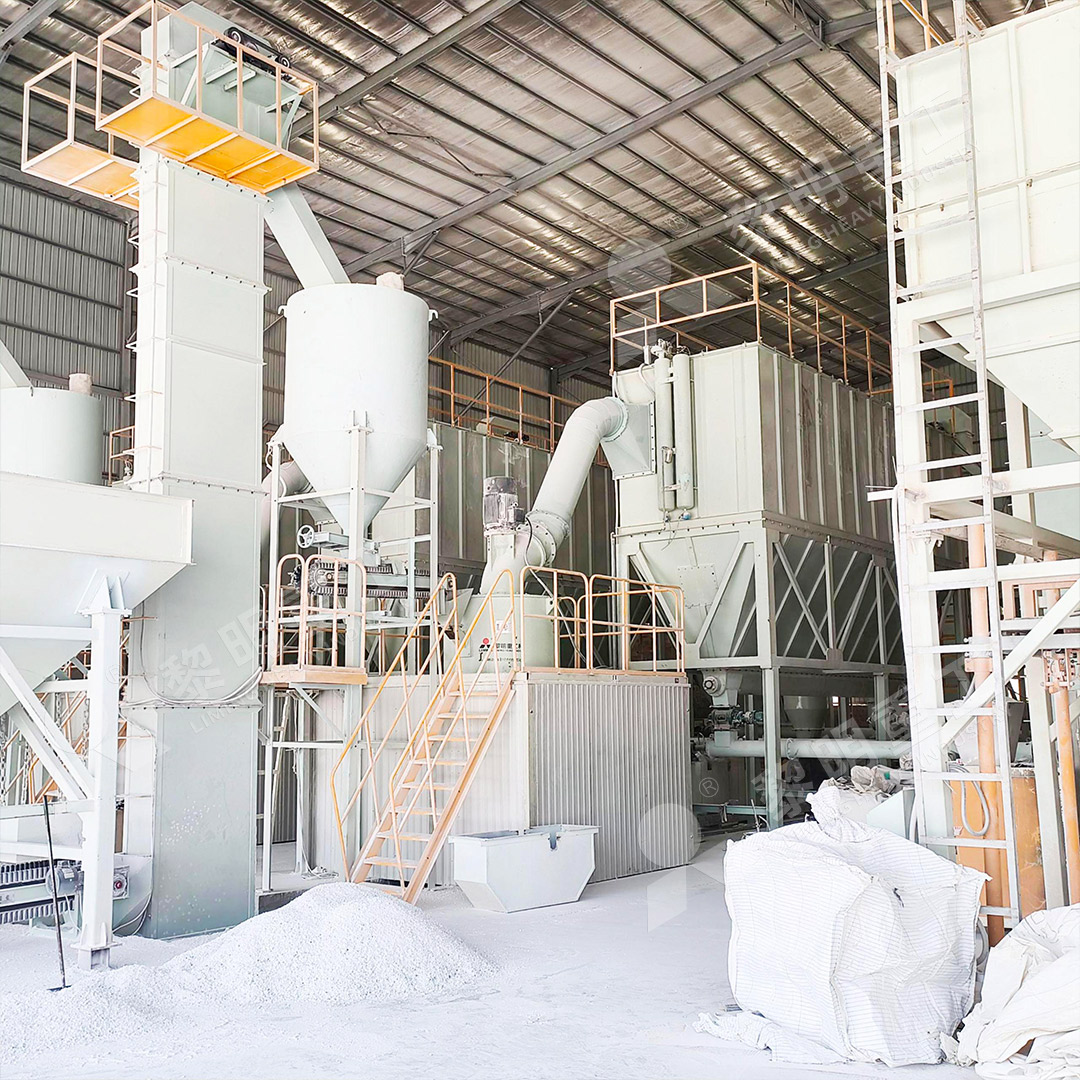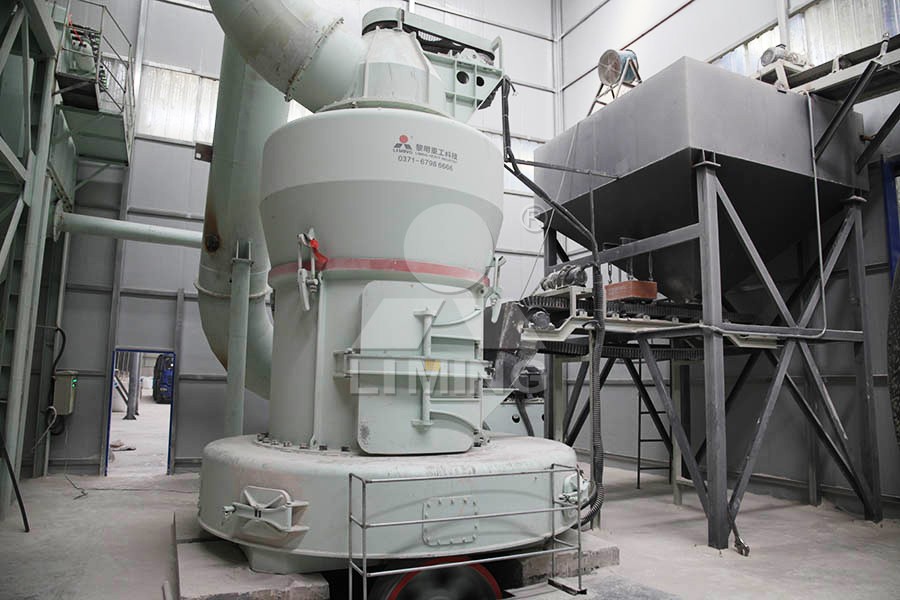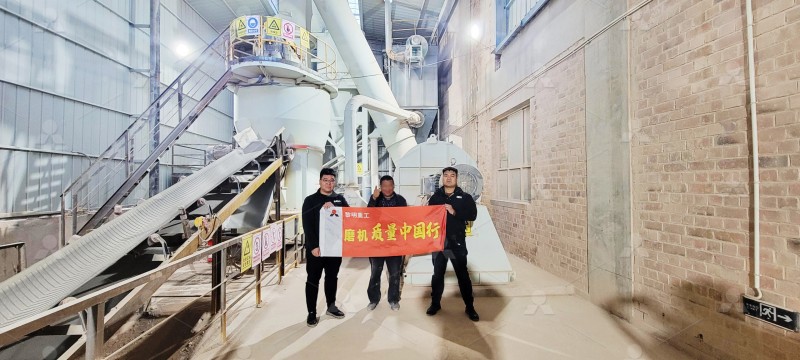White Limestone Grinding Mill Machine Price Guide
White Limestone Grinding Mill Machine Price Guide
When investing in grinding equipment for white limestone processing, understanding the factors that influence machine pricing is crucial for making an informed decision. The cost of limestone grinding mills varies significantly based on capacity, technology level, and specific features designed to optimize performance.
White limestone demands particular attention to grinding precision since its applications often require exceptional whiteness and purity in the final product. The machinery must maintain these qualities while delivering efficient operation.

Key Factors Affecting Grinding Mill Prices
Several elements contribute to the final price tag of limestone grinding equipment. Production capacity stands as the primary determinant – machines with higher throughput capabilities naturally command higher prices. The MW Ultrafine Grinding Mill, for instance, offers capacities ranging from 0.5 to 25 tons per hour, accommodating various production scales.
Technological sophistication represents another significant cost factor. Advanced features like German-designed cage-type powder selectors, which allow fineness adjustment between 325-2500 meshes, add considerable value to the equipment. The absence of rolling bearings and screws in the grinding chamber – a feature of the MW Ultrafine Grinding Mill – reduces maintenance concerns but increases manufacturing complexity and cost.
Selecting the Right Mill for White Limestone
White limestone applications span numerous industries including plastics, paints, cosmetics, and construction materials. Each application demands specific particle size distributions and purity levels. For operations requiring ultra-fine powders below 10 microns, the MW Ultrafine Grinding Mill presents an excellent solution with its ability to achieve d97≤5μm in a single pass.
This machine incorporates efficient pulse dust collection and noise reduction technologies, addressing both environmental concerns and workplace safety. The grinding curves of the roller and ring have been specially engineered to enhance efficiency, delivering 40% higher production capacity compared to jet mills while consuming only 30% of the energy.

Understanding the Investment Beyond Initial Cost
Savvy operators look beyond the initial purchase price to consider long-term operational expenses. Energy consumption represents a significant portion of ongoing costs. Modern mills like the MW series achieve remarkable efficiency through optimized grinding mechanics and intelligent system design.
Maintenance requirements and spare parts availability also impact total cost of ownership. The external lubrication system of the MW Ultrafine Grinding Mill enables continuous 24-hour operation without shutdowns for maintenance. Meanwhile, LIMING’s comprehensive support network ensures genuine spare parts availability, minimizing downtime.
Price Ranges and Configuration Options
While specific pricing requires consultation based on individual requirements, limestone grinding mills generally fall into three categories. Entry-level systems for small-scale operations might suit budget-conscious buyers, while mid-range systems balance performance and cost for medium operations. High-capacity, feature-rich systems like the MW Ultrafine Grinding Mill represent premium investments for operations where product quality and throughput are paramount.
For operations requiring vertical grinding solutions, the LUM Ultrafine Vertical Grinding Mill offers another sophisticated option with capacities of 5-18 tph and advanced powder separating technology. Its unique roller shell and lining plate grinding curve design promotes better material layer formation and improves finished product whiteness.

Making the Right Choice
Selecting the appropriate grinding mill requires careful analysis of production requirements, final product specifications, and operational constraints. The MW Ultrafine Grinding Mill particularly excels when processing white limestone to high levels of fineness while maintaining color integrity and operational efficiency.
Prospective buyers should consider requesting material testing services to verify performance with their specific limestone feedstock before making final decisions. Most reputable manufacturers offer this service to ensure equipment matches application requirements.
Frequently Asked Questions
What is the typical price range for a white limestone grinding mill?
Prices vary significantly based on capacity and features, ranging from tens of thousands to several hundred thousand dollars. Specific quotations require detailed operational parameters.
How does the MW Ultrafine Grinding Mill maintain product whiteness?
The machine’s design minimizes iron contamination through specialized chamber construction and operates without rolling bearings in the grinding zone, preserving material purity.
What production capacity can I expect from these mills?
The MW Ultrafine Grinding Mill processes 0.5-25 tph, while the LUM Vertical Mill handles 5-18 tph, depending on material characteristics and final fineness requirements.
How important is after-sales support when purchasing grinding equipment?
Extremely important. Genuine spare parts availability and technical support significantly impact operational reliability and total cost of ownership over the equipment’s lifespan.
